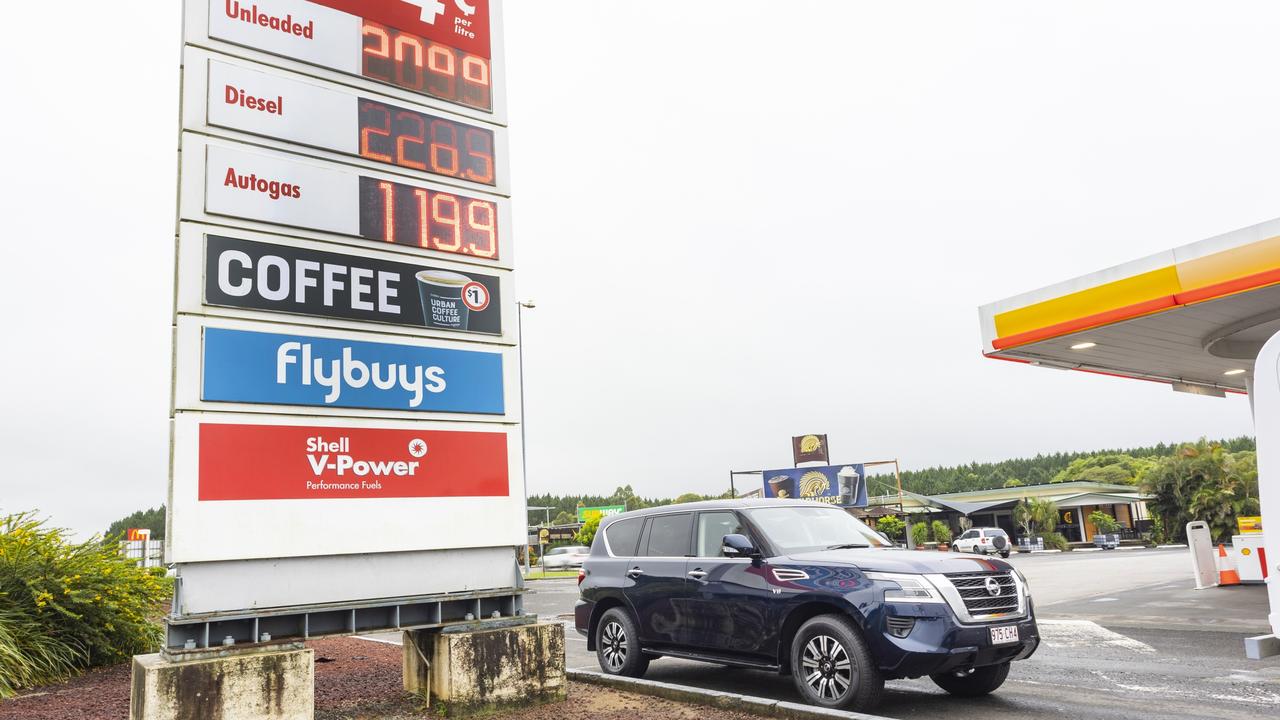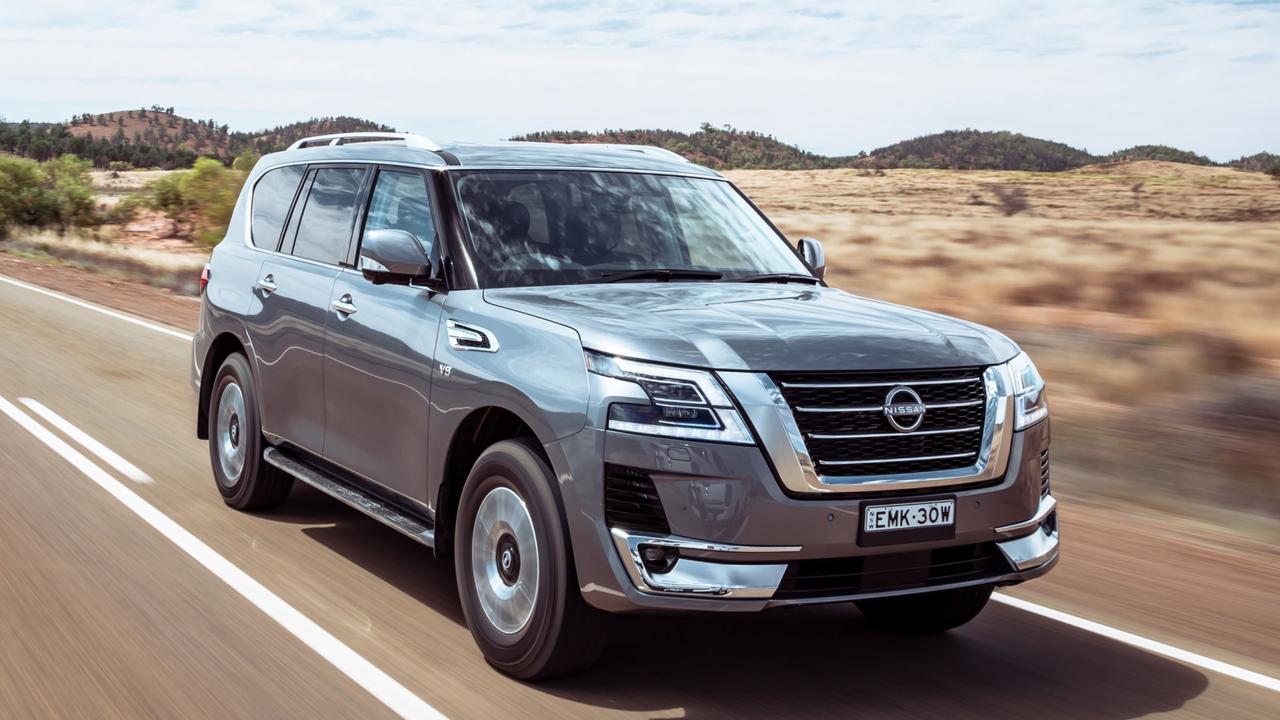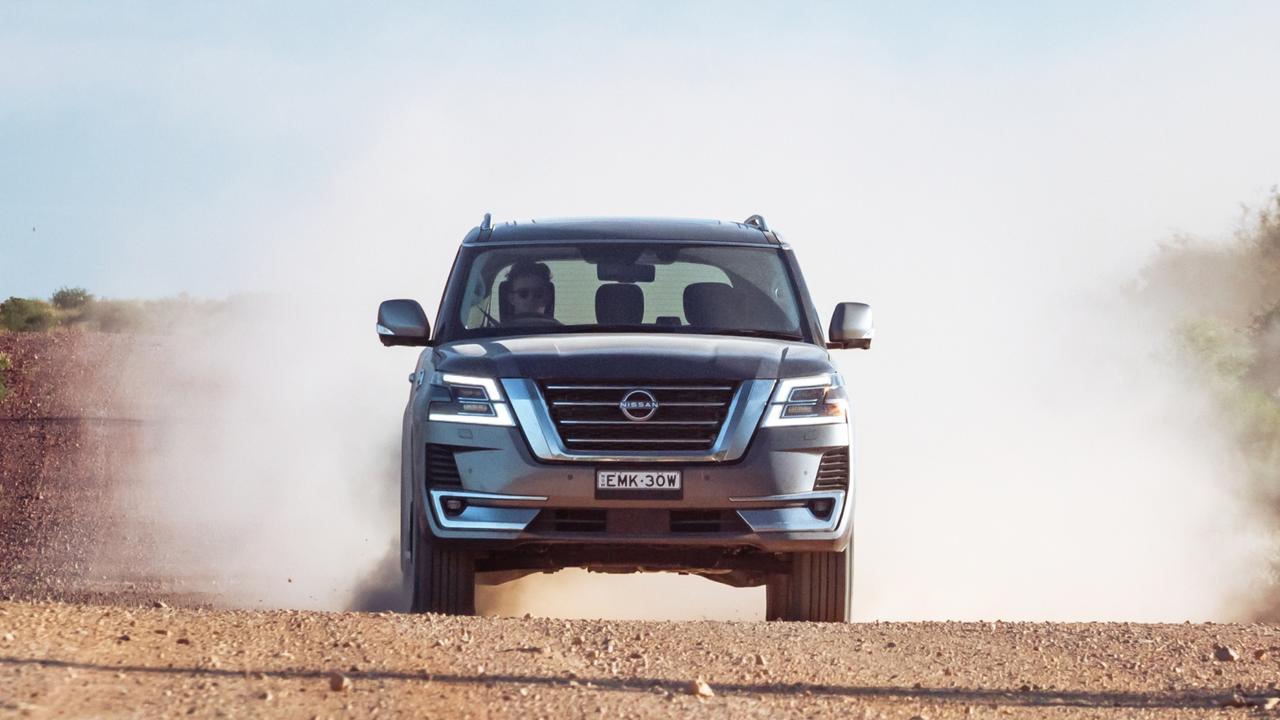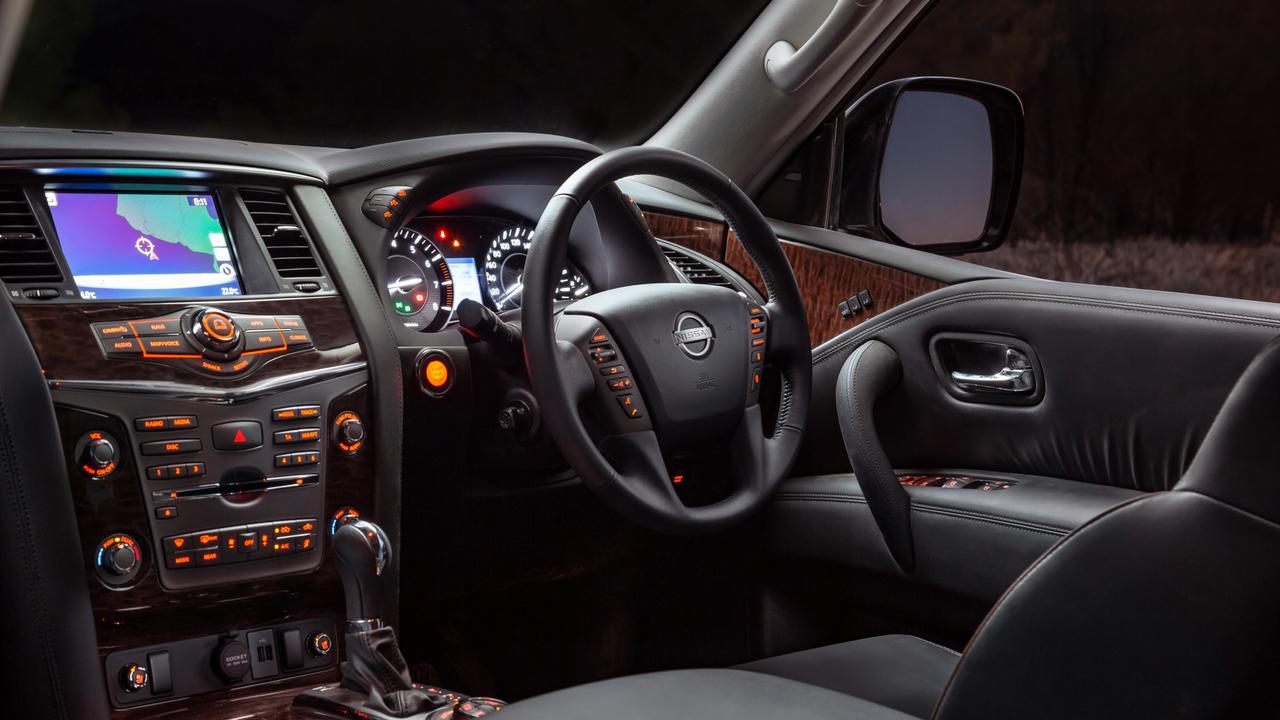Nissan Patrol continues to attract buyers despite petrol prices
As petrol prices surge past $2 a litre, the price of chasing the great Aussie outdoors adventure has reached surprising new heights.
A 5.6-litre V8 petrol Nissan Patrol, fuel prices over $2 a litre and a locked-in 600 kilometre family road trip. A perfect storm, if you will, for draining my wallet and horrifying environmentalists.
Surging oil prices and the resulting bowser shock drives a man to lust after hyper-economical tiny engines. With my local servo showing premium unleaded (as the Nissan Patrol Ti demands) at $2.26 a litre, it’s little wonder so many are considering an electric car.
But going bush in an EV lacks the romance of piling the kids into something with the cabin space of an aircraft hangar and allowing its V8 to confidently, effortlessly, pull you on and off-road. Our trip was on – to hell with the fuel bills.

In 1987, when I was my son’s age, petrol hovered at about 50 cents a litre. If Dad had a 1982 Ford XD Falcon V8 with four-speed manual he’d be packing 140kW and 344Nm from the 4.9-litre. Taking things easy, expected economy was 16L/100km, and would cost about $39 to refill its 77-litre tank – a regular chore.
While we’re all misty-eyed, a staggering 15 per cent of all cars sold in 1987 were Falcons. Aussie families don’t really do sedans and wagons in 2022: SUVs are king, not least behemoths like the Nissan Patrol. It seats eight in leathery comfort, tows 3500kg and can climb mountains when slotted into low-range 4x4. A hero workhorse.

Patrol sales have gone gangbusters. Last year figures were up 18 per cent and so far in 2022 they’ve leapt 94 per cent. We’re buying more Patrols than Toyota LandCruisers – tight supply of the new 300 Series means buyers are jumping ship to the giant Nissan.
That’s despite the fact that the near-$90,000 drive-away Patrol is almost a decade old and is available only with a 298kW/560Nm petrol V8 that uses a claimed average 14.4L/100km.
With our family of four and some luggage on board we weigh close to three tonnes. Not that the V8 notices. With a prod of the throttle the seven-speed auto eagerly drops cogs and sends revs surging. There’s a racy exhaust note and this tank of an SUV hurls forward while greedily filling its eight chambers with premium.

Such fun isn’t free. A rather antique graph on the infotainment screen logs our urban start at more than 20L/100km – an unfortunate reality of owning a Patrol in suburbia. The Patrol needs to be driven gently. It’ll burble along gracefully but a millimetre too far on the throttle and the V8 roars into action to satisfy its drinking problem.
The ride has no such dramas. If you can keep it between the lines (not easy at this size) the Patrol offers limo-like cruise comfort, and once on the highway, fuel use mercifully drops. I even managed less than 10L/100km for a spell.

It’s not just the V8 petrol that feels old school. The cabin has slabs of polished wood trim, a foot brake and ancient font showing driving information. There’s no Apple CarPlay or Android Auto, so thank goodness there’s a CD player. At least the safety kit is decidedly modern.
Our fuel economy gains are shattered as we endure a steep climb into Toowoomba, our average climbing to 15.3L/100km. Positively, the V8 surges up inclines as if they were mere bumps in the road. Our return lowers the average to 14.7L/100km – pleasing, until we pull into the servo. No Premium 95 here, only 98 at $2.29 a litre. At this price, it would cost $320 to fill the 140-litre tank from empty. Ouch.
For a one-off, indulgent road trip it’s totally worth it. Sadly (although not for the environment) V8 road trips could soon be a thing of the past. Our kids? As adults their biggest worry will be finding an electric charge station on road trips, not the price of premium.



